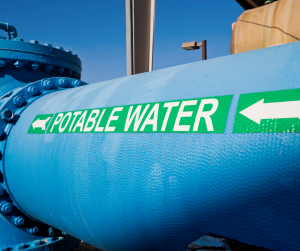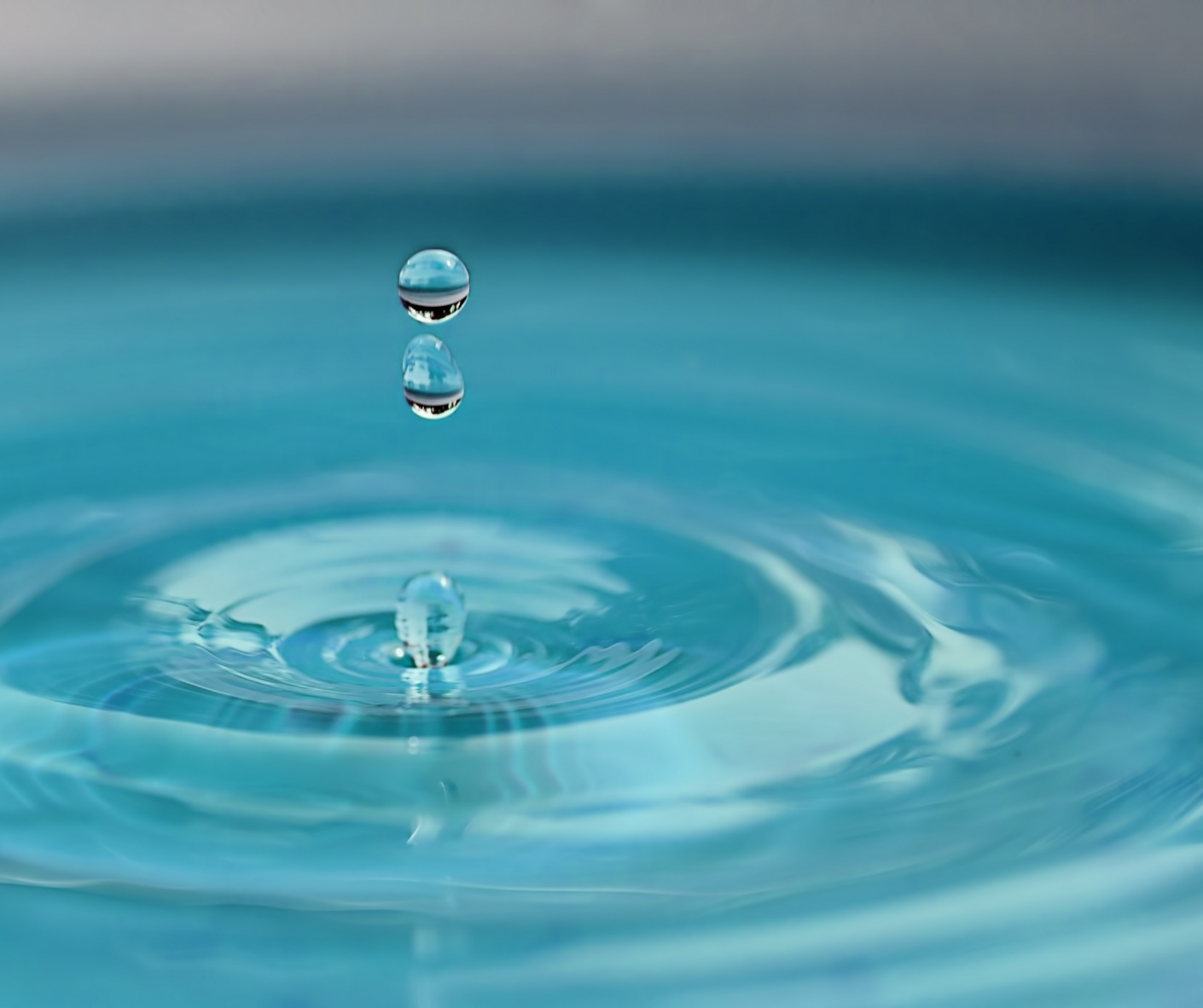
Asset Protection for essential infrastructure.
What needs to be considered in the selection of a Water and Wastewater Processing Protection System?
Background – Why coat concrete?
Concrete is frequently thought to be a durable and long-lasting material. However, this is not always the case. If unprotected concrete is exposed to aggressive environments, it will deteriorate. This is especially so in water treatment and wastewater processing,
in those areas exposed to severe chemical activity.
Design life – Budget compliance
The first important question to ask when selecting a new concrete protection system is – What is the required design life – 2, 5, 10 or 20 years?
And, is frequent or regular maintenance feasible?
It is virtually impossible to keep any concrete structure from cracking. Without proper protection, these cracks become the routes through which moisture, salt, acid rain and other chemicals can begin the degradation process on concrete remarkably quickly.
The specification must meet the agreed design life and the intended maintenance-free period.
Management of surface preparation during application
This is the basic foundation of any protection system. The preparation process must be effective and consistent. Inadequate surface preparation is a leading cause of premature failure.
Chemical and mechanical performance
The chemical and mechanical performance requirements including impact and abrasion resistance must be addressed. Any protection system applied to concrete must exhibit excellent adhesion and have a bond strength that exceeds the tensile strength of concrete.
Potable water approved
All coatings and linings in contact with drinking water must be “potable water approved”. They must not support microbial activity or taint stored water.
Practical application characteristics
EpiMax supplies protection systems that can be applied by spray or roller in thicknesses of
150 – 3000 microns per pass. Trowel applied systems can achieve 75 mm thickness.
Sustainability – Whole of life
Sustainability is related to the quality of life in a community – whether the economic, social and environmental systems that make up the community are providing a healthy, productive, meaningful life for all community residents, present and future.
Sustainable development has been defined as “development which meets the needs of the present without compromising the ability of future generations to meet their own needs”.
With regard to concrete protection systems, sustainability should consider the “whole product life cycle”. This includes production, application, service life and disposal.
Within any environment, the selection and installation of systems that offer longer service lives will always minimise the non-renewable resources required for the complete reinstallation process (new surface preparation, new waste removal, new system manufacture, new installation).
A low VOC level is not all that is required to make a coating sustainable. The arithmetic of the application and its durability is very important. If the system lasts longer, it’s even better.
Underperforming systems will always have a greater environmental impact due to re-installation costs (surface preparation grinding energy, disposal and then the impact of the re-application itself).
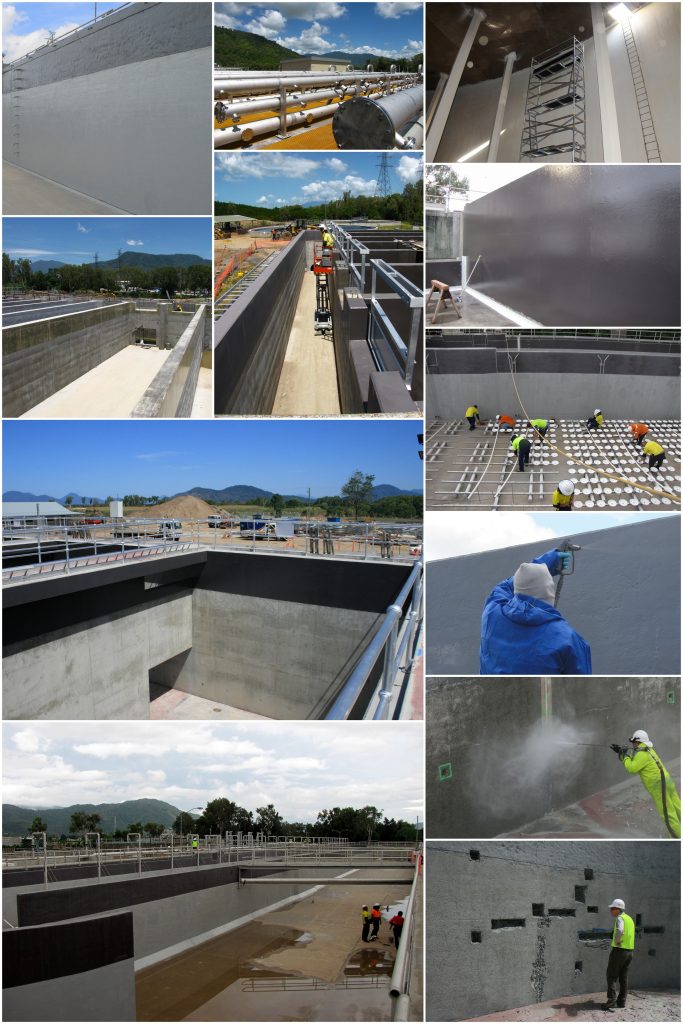
Clean water is the most important resource on our planet.
Climate change has emerged as one of the most important political and business issues of our time, and the water industry faces greater challenges than many other industries. The availability of good quality water is in decline.
The issue of the delivered quality of potable water from water treatment facilities has become critical as government and community health standards have risen. The requirement for potable water supply has increased with population growth, producing an equivalent increase in the volume of wastewater.
Wastewater is also being increasingly valued as a resource as recycling programs are adopted and general effluent quality is also rising as new environmental standards are being enforced.
These challenges are driving up the cost of water. EpiMax concrete protection systems provide a variety of cost-effective options to assist utilities in reducing their infrastructure management costs.
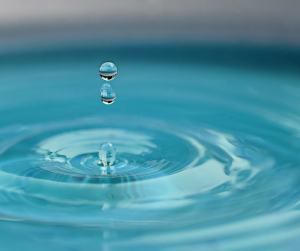
Hydrogen sulphide (H2S) generation in wastewater treatment facilities has always been present.
It causes corrosion in the form of sulphuric acid attack on concrete in sewer collection/treatment systems. Gaseous H2S condenses on aerated, wet concrete surfaces; is metabolised by sulphur-oxidising bacteria or SOB, and is oxidised to form dilute sulphuric acid (H2SO4).
In recent years there is a general trend toward higher H2S concentrations in wastewater treatment facilities which has promoted much higher concrete corrosion rates in domestic treatment plants (especially in larger regional plants) than seen in the past. This has resulted in several significant changes in exposure conditions that must now be considered when selecting protective coatings or linings for concrete protection in wastewater treatment systems. Coating systems that were effective in protecting concrete from H2S and associated sulphuric acid attacks in the past are failing dramatically in these newer, more severe environments.
EpiMax has built its reputation on a construction engineering foundation. Our experience has been forged on an impressive variety of civil, environmental, industrial, mining, defence and general services construction.
This success has been proven through partnerships with forward-thinking architects, consultants, engineers, application contractors, project managers and materials testing agencies. We believe in teamwork, respect and integrity.
Our primary focus is:
- Floor Protection Systems
- Industrial Concrete Protection Systems
- Green Star Protection Systems
- Water and Wastewater Processing Protection Systems
- Foundation Protection Systems
- Extreme CAT (Corrosion, Abrasion and Thermal) Protection Systems
EpiMax: Expertise Applied, Answers Delivered
Typical Asset Depreciation
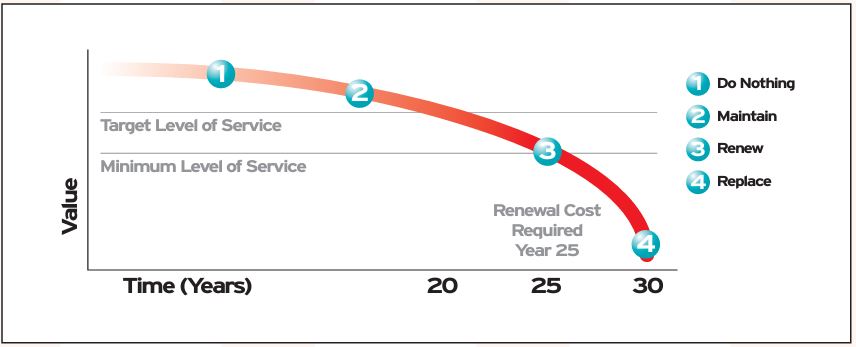
Our Product Range Includes

Applications
Water Treatment:
- Clarifiers
- Sedimentation, coagulation and flocculation systems
- Filtration systems
- Water storage
- Sludge tanks
- Chlorination
- Pump stations
- Chemical storage areas
Wastewater Treatment:
- Preliminary treatment areas
- Grit separators
- Launders and clarifiers
- Bioreactors
- Odour control bunds
- Oxidation ditch systems
- Effluent pump stations
- Primary settling tanks
- Sludge tanks
- Large diameter pipes
- Manholes
- Pump stations
- Chemical storage areas
Case Study – Protection from commissioning
The $188 million-plus Cleaner Seas Project was delivered by an alliance between Cairns Water and Waste, Cairns Regional Council and an expert team involving United Group Limited Infrastructure, CEC Construction, GHD and Sinclair Knight Merz (SKM). The project delivered significant environmental benefits by reducing the load of nutrients discharged to the Great Barrier Reef by up to 80%.
More than 17,000 square metres of the project infrastructure is protected with EpiMax wastewater protection systems.
CATEGORIES

Knowledge value at your fingertips
SIGNUP NOW
Signup to the Knowledge Centre.

